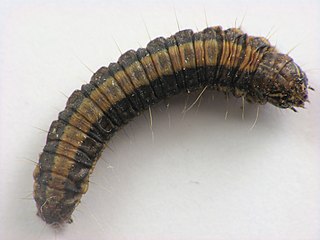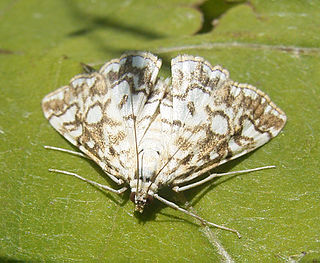
Hokkaido University, or Hokudai (北大), is a Japanese national university in Sapporo, Hokkaido. It was the fifth Imperial University in Japan, which were established to be the nation's finest institutions of higher education or research. Hokkaido University is considered one of the top universities in Japan and was ranked 5th in THE Japan University Rankings. It was also selected as a "Top Type" university by the Japanese government's Top Global University Project. The main campus is located in downtown Sapporo, just north of Sapporo Station, and stretches approximately 2.4 kilometers northward.

The Hokkaido is a breed of dog originating from Japan. Other names for the breed include Ainu-ken, Seta, Ainu dog, Hokkaidog. In Japan, its name is sometimes shortened to Dō-ken (道犬). The Hokkaido is native to the prefecture of the same name in Japan.

Sapporo is a city in Japan. It is the largest city north of Tokyo and the largest city in Hokkaido, the northernmost main island of the country. It ranks as the fifth most populous city in Japan. It is the capital city of Hokkaido Prefecture and Ishikari Subprefecture. Sapporo lies in the southwest of Hokkaido, within the alluvial fan of the Toyohira River, which is a tributary stream of the Ishikari. It is considered the cultural, economic, and political center of Hokkaido.
The Imperial Universities were founded by the Empire of Japan between 1886 and 1939, seven in Mainland Japan, one in Korea under Japanese rule and one in Taiwan under Japanese rule. They were run by the imperial government until the end of World War II.

Spilomelinae is a very species-rich subfamily of the lepidopteran family Crambidae, the crambid snout moths. With 4,135 described species in 344 genera worldwide, it is the most speciose group among pyraloids.

Bradina is a genus of moths of the family Crambidae.
Charltona is a genus of moths of the family Crambidae. The genus was erected by Charles Swinhoe in 1886.
Classeya is a genus of moths of the family Crambidae.

Eristena is a genus of moths of the family Crambidae.

Lamprosema is a genus of moths of the family Crambidae described by Jacob Hübner in 1823.

Nosophora is a genus of moths in the family Crambidae.

Parapoynx is a genus of moths of the family Crambidae described by Jacob Hübner in 1825.

Schoenobius is a genus of moths of the family Crambidae and typical of the subfamily Schoenobiinae. Species are found mostly in Europe.

The Epipaschiinae are a subfamily of snout moths. More than 720 species are known today, which are found mainly in the tropics and subtropics. Some occur in temperate regions, but the subfamily is apparently completely absent from Europe, at least as native species. A few Epipaschiinae are crop pests that may occasionally become economically significant.

Acentropinae is a fairly small subfamily of the lepidopteran family Crambidae, the crambid snout moths. Species of this subfamily are exclusively found in wetlands and aquatic habitats.

Odontiinae is a subfamily of moths of the family Crambidae. The subfamily was described by Achille Guenée in 1854.

Metarbela is a genus of moths in the family Cossidae described by William Jacob Holland in 1893.
Charltoniada apicella is a moth in the family Crambidae. It was described by George Hampson in 1896. It is found in India and Sri Lanka.
Jinshichi Shibuya was a Japanese entomologist specialized in Lepidoptera.

Patania iopasalis is a species of moth in the family Crambidae. It was described by Francis Walker in 1859. It is found in Myanmar, India, Papua New Guinea Thailand, Sri Lanka, Borneo in Indonesia, Taiwan, China and Philippines.













